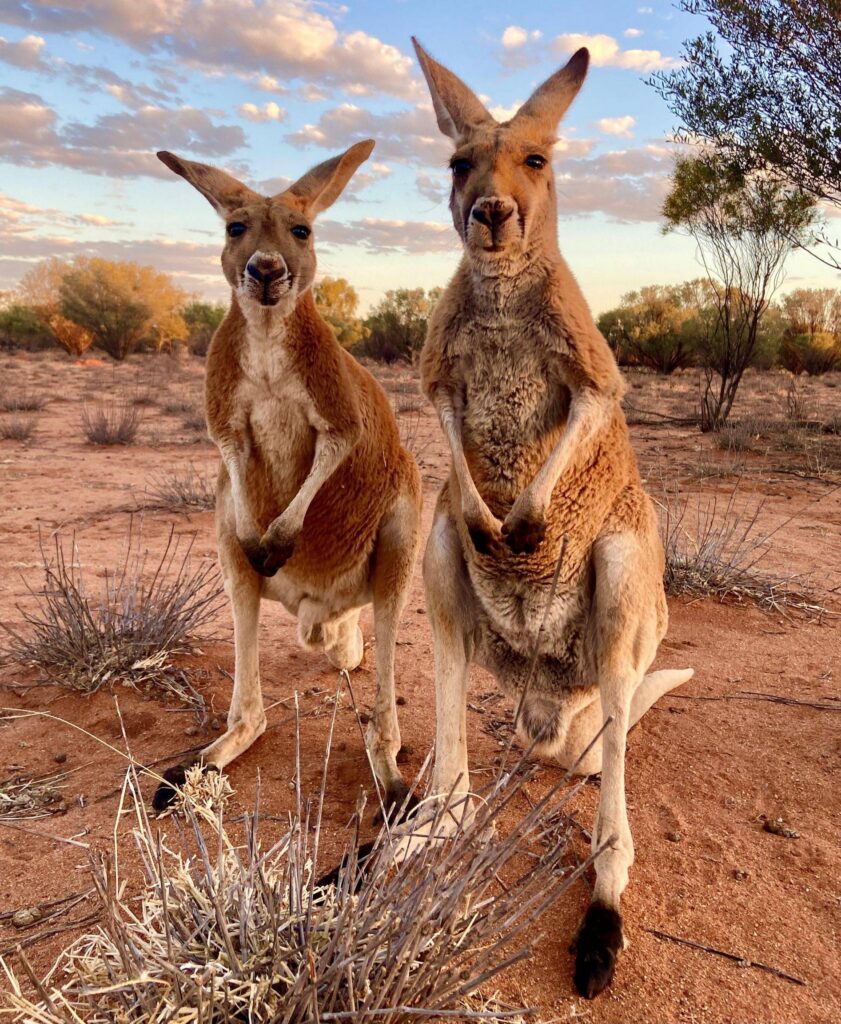Kangaroos are a popular meat on many menus around the world. This is because they are healthy, delicious, and a great source of protein.
They are a versatile, low-fat meat that can be used in a variety of cooking methods including roasting, stir-frying and BBQ’s. It is also highly nutritious and contains a number of health benefits such as low saturated fats, high in iron and containing the amino acid, conjugated linoleic acid.
Overview of Kangaroo as a Food Source
Kangaroo meat is a lean red meat that is high in iron, protein, zinc and omega 3 fatty acids. It is also low in fat (around 2%).
The kangaroo has been used for many centuries by indigenous Australians for food, medicine and other purposes. In modern times, it is considered a protected species and is harvested by professional shooters for its meat.
Although it conforms to the “step lightly” principle, environmental concerns and perceptions of kangaroos as pests have made many Australians skeptical about consuming kangaroo meat. Despite its positive nutritional profile and environmental benefits, kangaroo meat has not been taken up as a replacement for farmed meat in Australia.
Culinary Uses and Traditional Dishes
Kangaroo is a popular meat in Australia and there are many recipes that feature it. Known for its unique flavour, kangaroo is an environmentally friendly alternative to beef and a good source of zinc and iron.
Traditionally, kangaroo has been a part of the diet of Aboriginal peoples throughout Australia. In recent years it has appeared on a range of restaurant menus and has become championed by chefs as a delicious and nutritious alternative to beef.
One of the best ways to cook kangaroo is to serve it medium rare. This will ensure that the meat is juicy and tender.
Availability and Market Trends
The availability of kangaroo meat in Australia is increasing and its market growth has been significant in recent years. But this is not only for its culinary uses but also because it has been seen as a healthy red meat option that doesn’t contain any agricultural chemicals, unlike beef and lamb.
In the past, kangaroos were primarily used for their skins and as pet food but they have recently started to be marketed in a more mainstream way, particularly by chefs as an eco-friendly and delicious alternative to beef.
However, it’s important to note that a large percentage of the Australian population still prefers beef and lamb over kangaroos. This is due to the fact that kangaroos are considered a symbol of Australia and are perceived as cute and cuddly.
Health Benefits and Concerns
Kangaroo meat has long been associated with health benefits including high protein levels, iron and zinc. It is also a good source of CLA, a beneficial omega-6 fatty acid that aids in weight loss, immunity and joint function.
Aside from its health benefits, kangaroo is also used in dog food for its low fat content and unsaturated fats, making it an ideal choice for dogs with medical conditions or diet restrictions. It is an excellent alternative to chicken, beef and pork as a meat source for dogs.
However, kangaroo meat is not without its problems. Recent research shows that kangaroo meat contains a higher level of L-carnitine than other red meats, which encourages plaque formation in the arteries.
Sustainability Issues
Kangaroos are a native animal species that has been heavily affected by the development of land use practices. These include the extensive clearing of rangelands and grazing of non-native animals.
These changes have led to a reduction in native vegetation, loss of habitat, soil degradation and deterioration of water resources. The result is a decline in the number of kangaroos.
There are a variety of different factors that contribute to this decline. One of the most important is climate change. Changing weather patterns can cause heatwaves, cold spells and drought.

